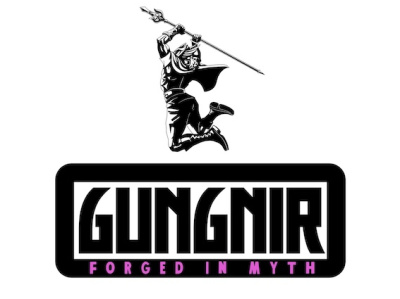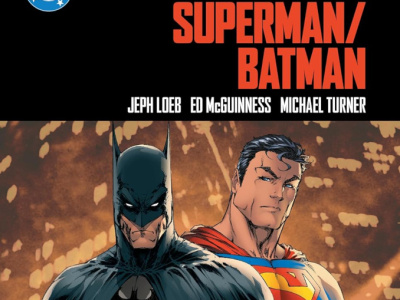
The ICv2 Awards are an on-line continuation of a tradition that began in Internal Correspondence, the print predecessor of ICv2, over a decade ago. These awards are given as a way of reflecting on the events of the year and to draw some conclusions from them. The ICv2 Awards are based entirely on the business impact of events on retailers, as determined by the editorial staff of ICv2.
Anime Phenomenon of the Year -- Manga Drive Anime Sales!
Historically in the U.S. it has been anime series, distributed as fansubs or actual releases, which have spurred the sales of the manga version of the same property. Since most anime series originate in manga form, the American experience has been the reverse of what typically happens in Japan. In 2003, however, the American manga market, though still smaller in size, continued to expand at a far greater rate than the anime market, both in number of releases and in dollars generated. With the release of more and more manga titles, instead of an anime series preparing the way for the eventual release of the manga, we now have a situation where some of the best-selling manga series have fans chomping at the bit for the release of anime. A property doesn't necessarily have to be on TV to sell big in anime form, if the manga series proves to be popular.
Geneon's Chobits anime is an excellent example of the way in which the success of a manga can help make the anime version a success.
Viz's Shonen Jump manga anthology magazine, with a monthly circulation north of 300,000 (see 'Shonen Jump Sales Skyrocket to 305,000'), has been a major player in both the growth of manga and in preparing the ground for future anime releases. Currently two properties from Shonen Jump, Naruto and One Piece, which are available in inexpensive $7.95 Shonen Jump manga trade paperback editions, have fans salivating at the prospect of the release of the Naruto and One Piece anime series.
If manga continues its current boom, more properties will debut in the U.S. in manga form and the 'phenomenon' of 2003 could become commonplace.
Deal of the Year -- The License That Wasn't Granted (Yet)
The biggest deal of 2003 in anime may have been the one that wasn't done. The competition for licenses for the top anime properties has become increasingly intense. Foreign revenues are now an important part of the calculation of production costs for new anime series. Anime has become a major export for Japan, and anime studios are demanding more for the right to release their films in foreign markets.
Several major properties expected to be licensed for American distribution in 2003 have remained on the shelf. One Piece, perhaps the most natural fit for the American market among the current crop of highly rated anime series in Japan, has still not been licensed for the American market. The One Piece manga series, which inspired the long-running (172 episodes and counting) anime, is already a big hit in the US (see above), but the anime remains unavailable here.
Funimation, which has had tremendous success with Shueisha's Dragon Ball property, was long thought to have the inside track on One Piece, but with Shueisha's equity interest in Viz, there may be a temptation to grant the license to the San Francisco-based publisher of the One Piece manga series. Naruto, another highly successful manga series, is a second example of a property with major potential in the US market which remained unlicensed in 2003.
Looking forward to 2004, the licensing of these two key anime properties and the fate of a number of high profile anime film releases, including a new Ghost in the Shell feature, Miyazaki's Howl's Moving Castle, and Otomo's Steam Boy, should provide some major news (and, eventually, opportunities for pop culture retailers).
For Part 1 of the ICv2 2003 Anime Awards, including the top company and product of the year, see 'ICv2 2003 Anime Awards, Part 1.'
And for the previous year of the ICv2's Anime Awards, please see 'ICv2 2002 Anime Awards, Part 1' and 'ICv2 2002 Anime Awards, Part 2.'







